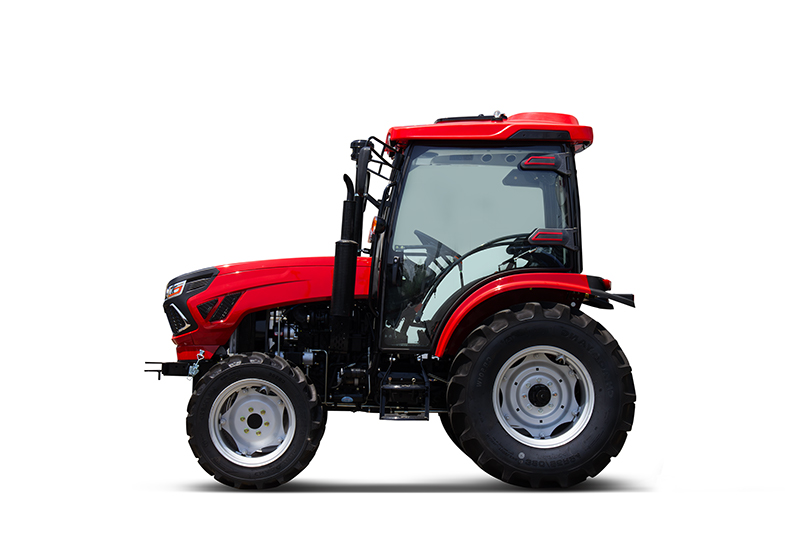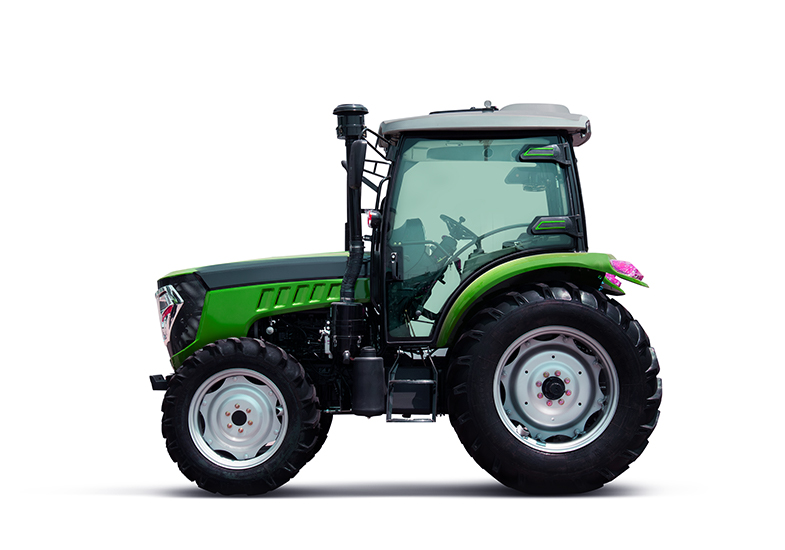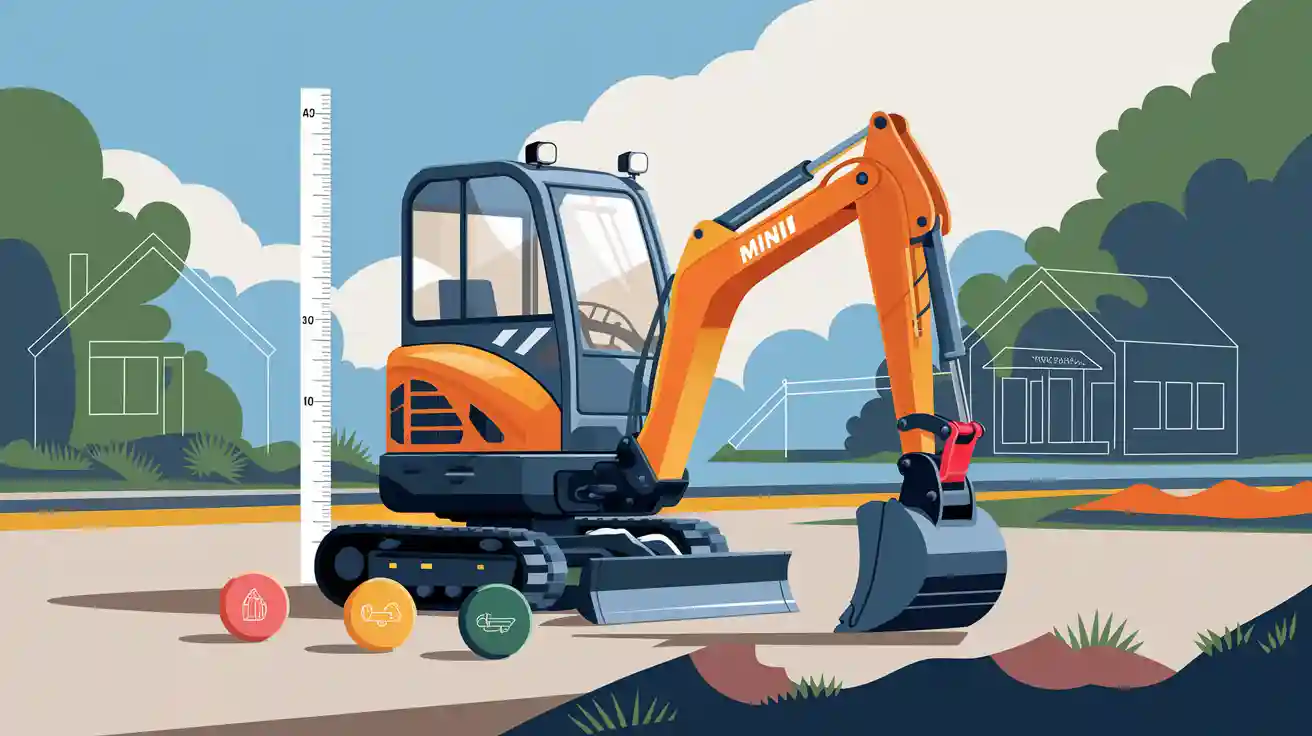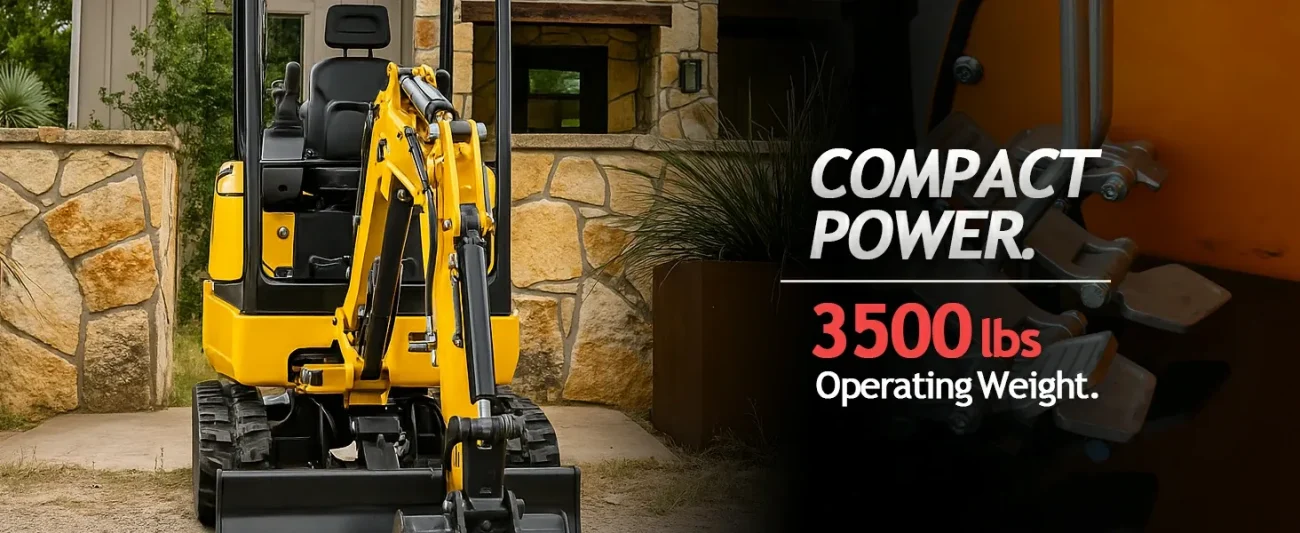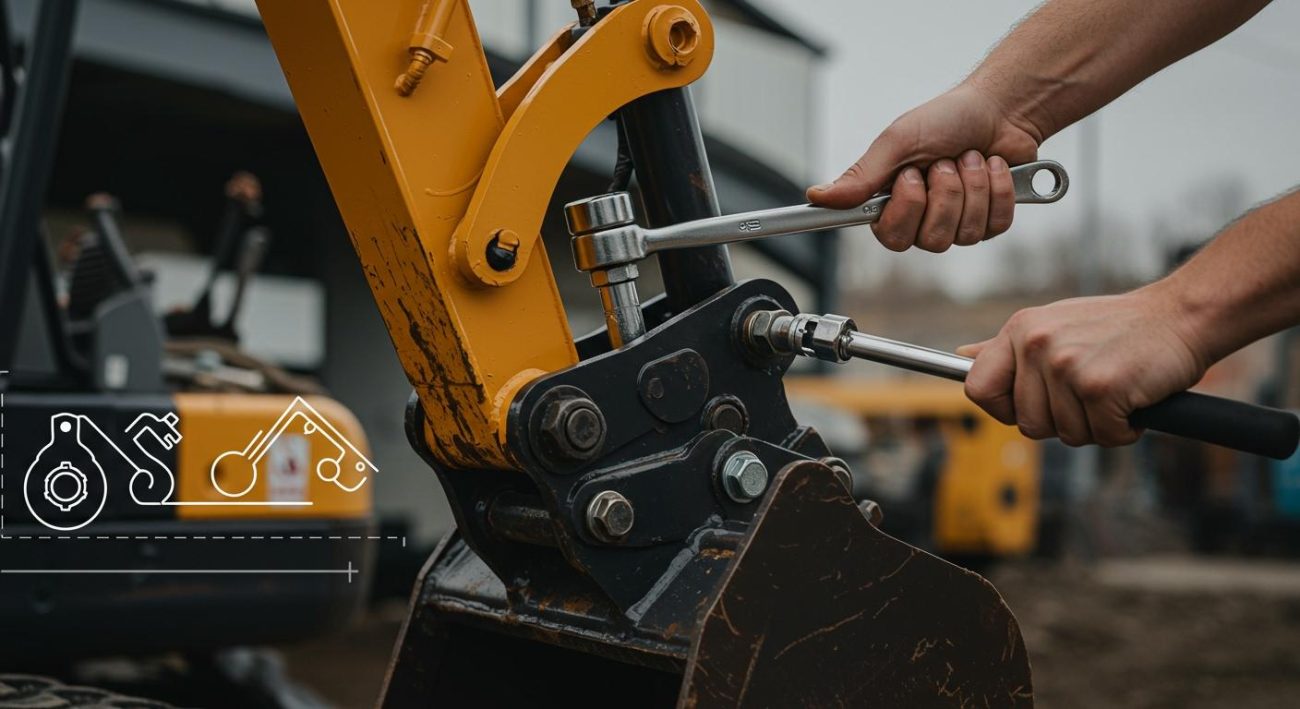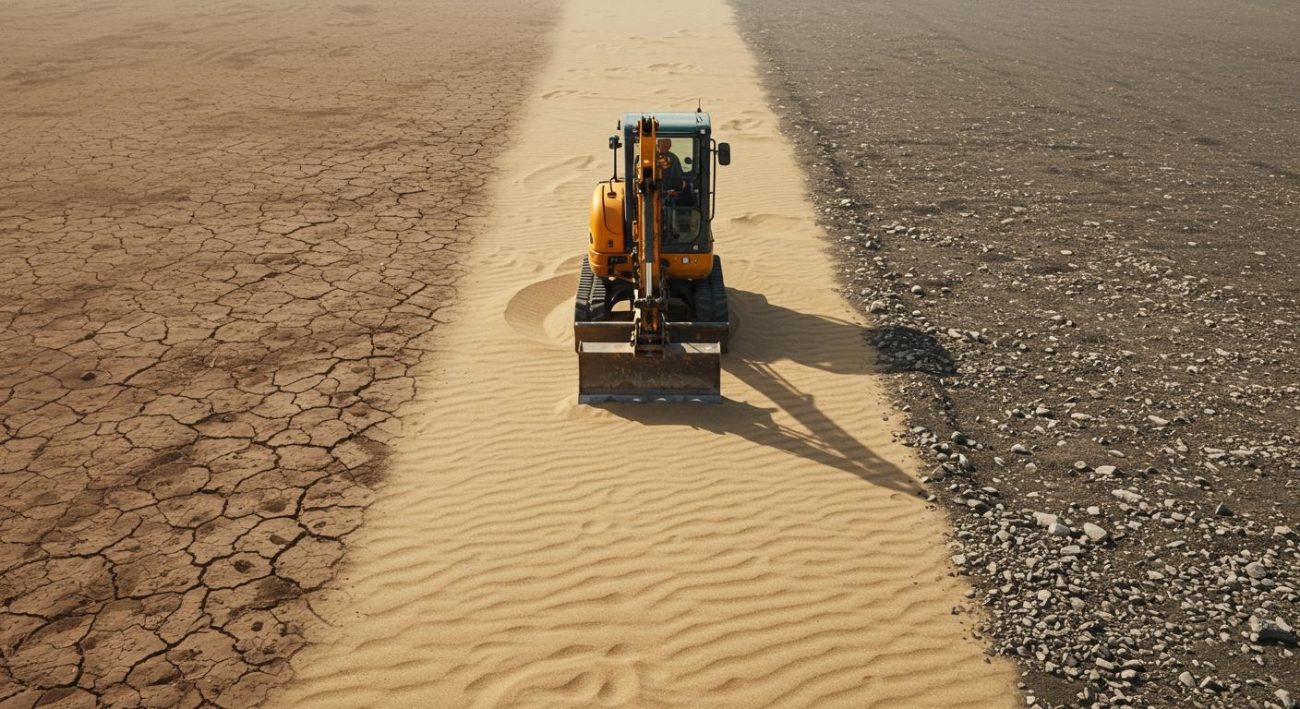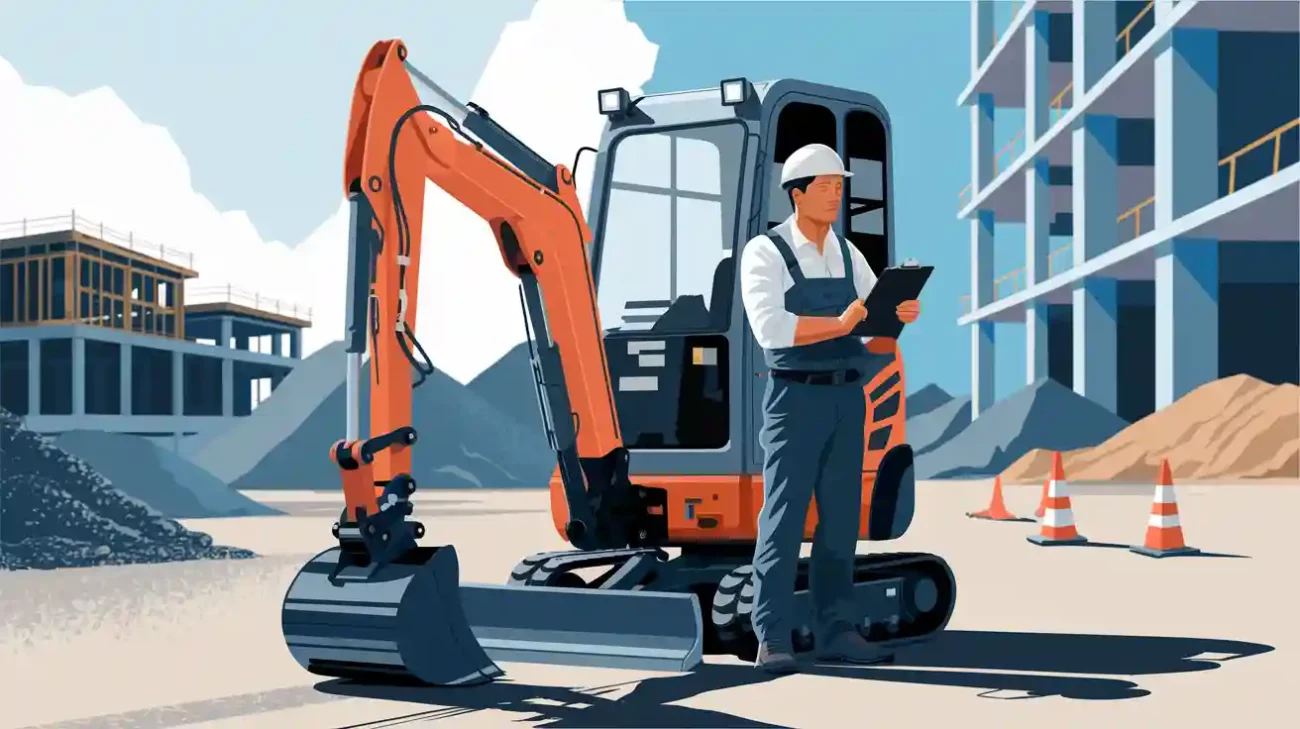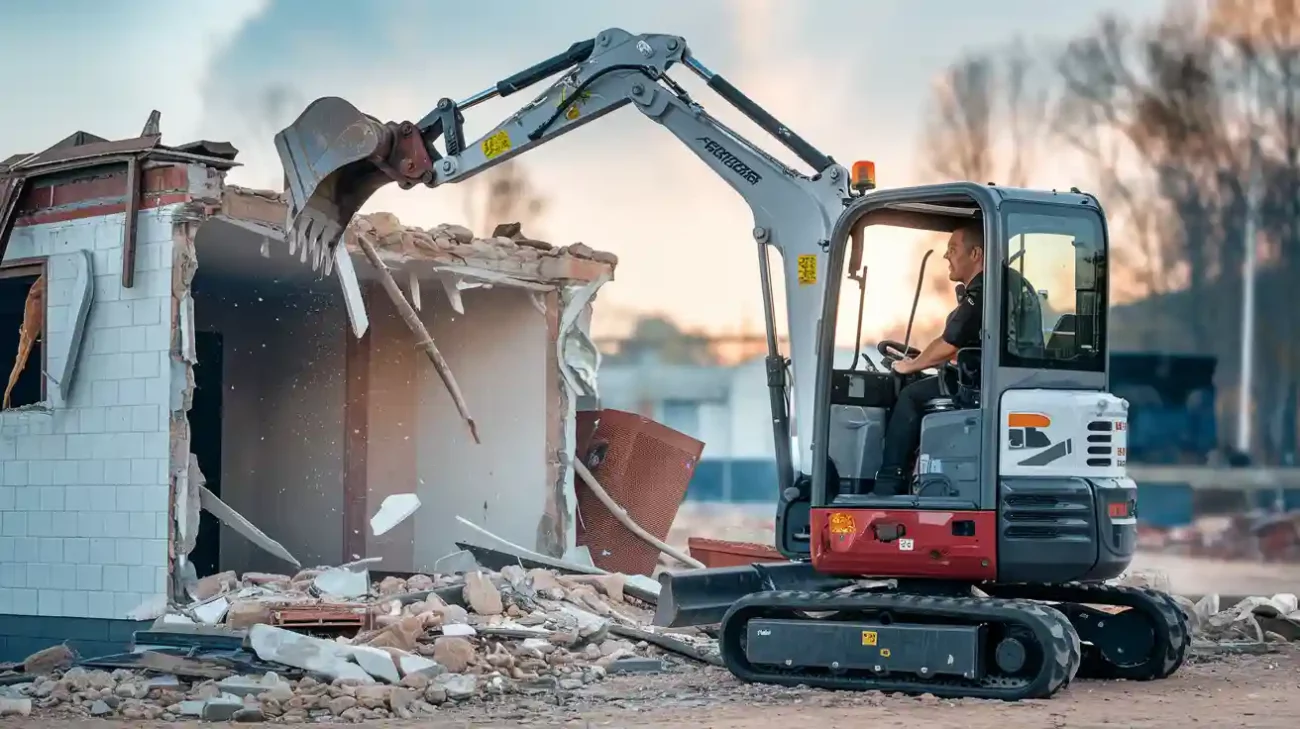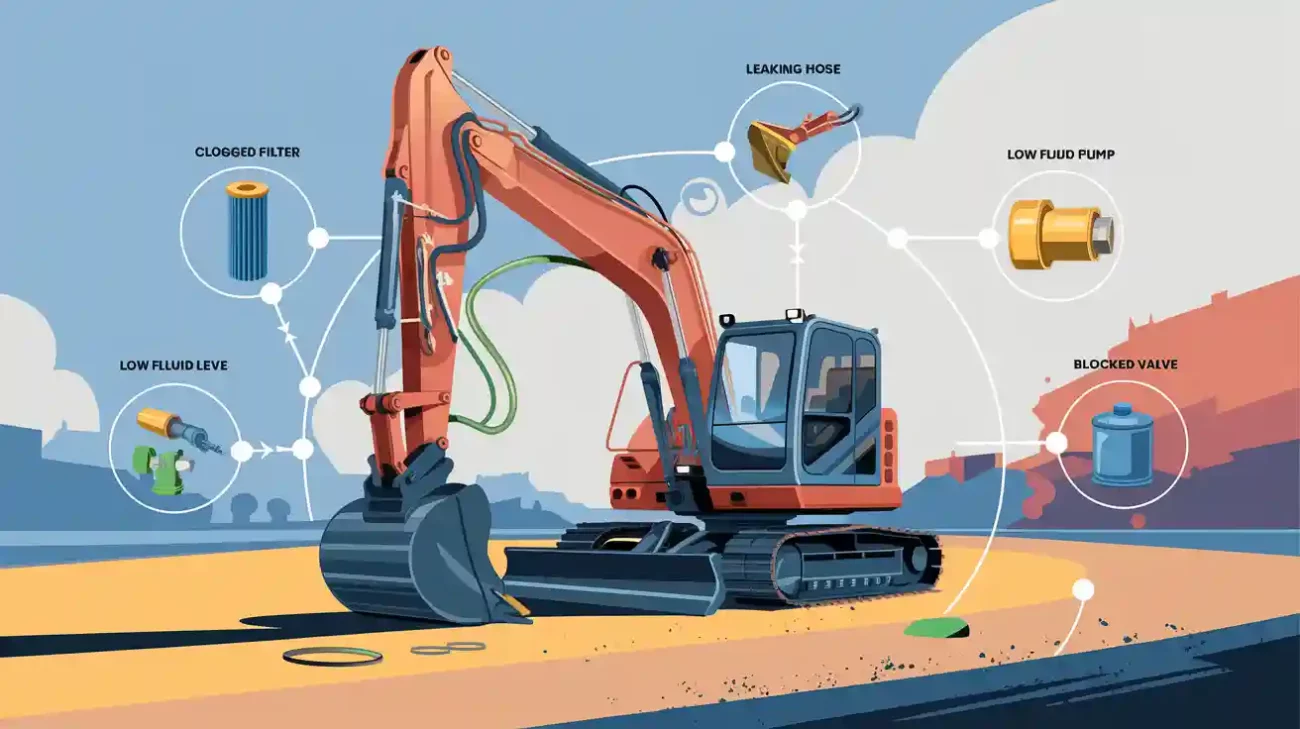You should pick mini excavator weight for your project type, ground conditions, and space at the site. 1 ton mini excavator is good for small spaces. 1.6 tons mini excavator gives better balance. 1.8 tons mini excavator can do harder jobs. DeepKron has good choices for every job.
Key Takeaways
Pick the best mini excavator weight for your project and ground. Lighter models work well in tight spaces. Heavier ones are better for hard jobs.
Know how weight changes how the machine works. Heavier excavators are more stable and strong. Lighter ones are easier to move and use less fuel.
Always look at the excavator weight chart before you pick a model. This helps you choose the right size for safe and good work.
Mini Excavator Weight and Performance
Why Weight Matters
When picking a mini excavator, think about its weight. The weight changes how the machine works on the job site. The operating weight affects lifting, stability, and fuel use. Heavier excavators have more power and stay steady when digging or lifting. Lighter ones fit in small spaces and use less fuel.
Tip: Check the usual operating weight for your project before you choose.
Here are ways mini excavator weight affects performance:
Heavy machines stay steady and work well on hard jobs.
Light excavators save fuel and are easy to move.
The right weight gives you good power and control.
Your choice changes fuel use, part wear, and lifting ability.
Stability and Lifting
Stability helps you work safely and well. Heavy mini excavators are steadier when lifting big loads. Light machines are easier to handle but lift less. The operating weight and counterweights change how much you can lift.
Know your excavator’s weight limit so you don’t overload it.
Never lift more than the safe limit. This keeps you safe and protects your machine.
Good balance and stability help you work safely and do better.
DeepKron uses new tech to make excavators steadier and lift more. The table below shows some new features:
Innovation | Description |
|---|---|
Grading help | Helps you work neatly and avoid mistakes. |
Virtual wall technology | Keeps the excavator inside safe areas. |
Onboard weighing | Checks load weight for better safety and work. |
Electric/hybrid power | Cuts emissions and costs while working better. |
Smart sensors and AI | Watches machine health and warns about repairs. |
Grade assist | Uses settings and sensors for neat grading. |
When you pick a DeepKron mini excavator, you get strong work, smart tools, and steady lifting for every job.
DeepKron Mini Excavator Weight Classes
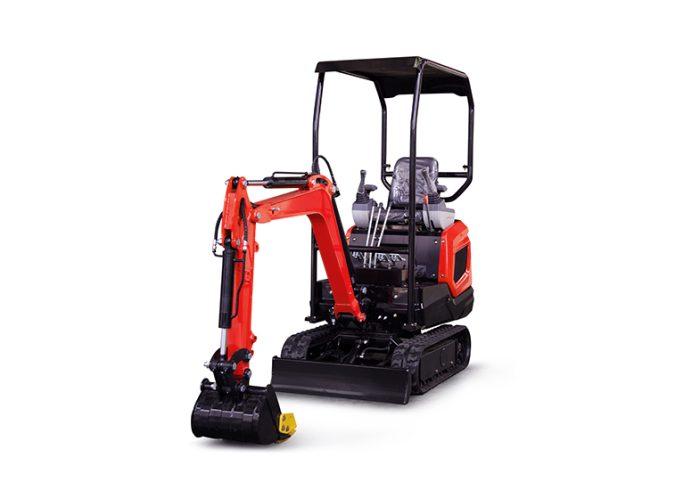
1 Ton – DK12P
You can choose the DK12P mini excavator for small jobs and tight spaces. This model works well when you need to dig trenches for water lines or utilities. You can use it to make holes for fence posts or deck footings. The DK12P also helps with small demolition tasks and stump removal. If you want to level ground for patios or garden beds, this excavator gives you good control. You can clean out drainage ditches and clear rocks or trash with ease.
Digging trenches for water lines and utilities
Making holes for fence posts and deck footings
Small demolition and stump removal
Leveling ground for patios or garden beds
Cleaning out drainage ditches
Planting trees and bushes
Clearing rocks, stumps, and trash
The DK12P stands out for its compact size and easy transport. You get reliable performance and predictable control. The excavator working weight of 1 ton means you disturb less ground and fit into narrow areas. You can see the excavator weight chart below for its main specifications:
Specification | Value |
|---|---|
Max. Digging Depth | 56.54 inches (1436 mm) |
Lifting Capacity Range | 1,000 to 1,500 pounds |
This model gives you enough capacity for most landscaping and utility jobs. You can trust the DK12P for steady performance and safe operation.
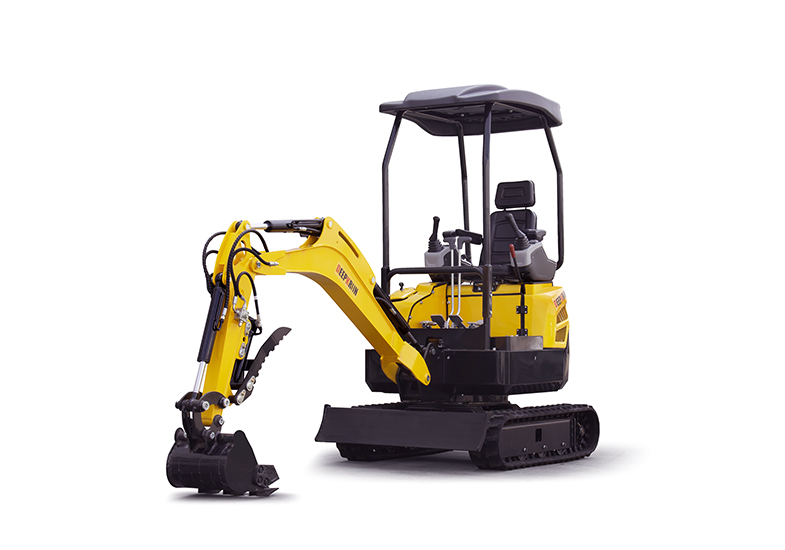
1.5–2 Tons – DK16P, DK18DA
You may need more power and reach for bigger projects. The DK16P and DK18DA mini excavators offer higher performance and better stability. These models work well for construction, trenching, and medium demolition. You get a balance between compact size and strong lifting capacity. The excavator working weight in this class lets you handle heavier loads and dig deeper.
You can compare the operating costs of DeepKron models with other brands. The DK16P and DK18DA give you strong performance at a lower price. You save money and get reliable machines.
Brand | Model | Price Range |
|---|---|---|
DeepKron | DK16P | $10,899 – $12,939 |
DeepKron | DK18DA | $12,500 – $15,850 |
Bobcat | E26 | About $40,000 |
Kubota | U17 | Starts at $26,600 |
Kubota | KX040-4 | Up to $72,600 |
You get good value with DeepKron. The DK16P and DK18DA offer strong capacity and efficient performance. You can use these models for digging, lifting, and grading. The excavator weight chart shows you how these machines fit your needs. You can trust their mini excavator weights for safe and steady work.
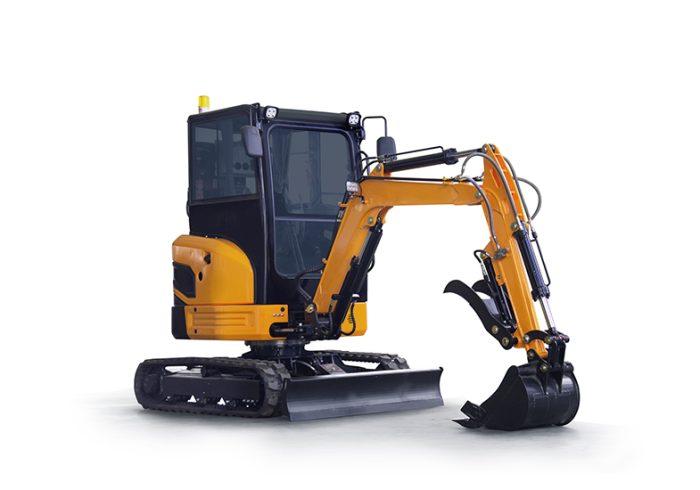
2 Tons and Up – DK26
You need the DK26 mini excavator for heavy-duty jobs. This model gives you top performance and high lifting capacity. You can dig deep trenches and lift large loads. The DK26 works well for construction, trenching, and agricultural tasks. You get a long reach and strong stability.
The DK26 has an excavator weight capacity that supports big projects. You can see its main specifications in the table below:
Specification | Value |
|---|---|
Operating Weight | 5511 lb. (2500 kg) |
Max. Dig Depth | 108.07 in. (2745 mm) |
Reach at Ground Level | 136.09 in. (3457 mm) |
Max. Dump Height | 93.15 in. (2366 mm) |
You get reliable performance and safe operation with the DK26. This model helps you finish tough jobs faster. You can trust its capacity for lifting and digging. The excavator weight chart helps you pick the right machine for your project.
Tip: Always check the excavator weight chart before you choose a model. You want the right excavator weight capacity for your job.
Project Types and Mini Excavator Operation
Landscaping and Residential
Landscaping and residential jobs have many challenges. You work in small spaces and soft ground. Fences and trees can get in the way. You need a mini excavator with the right operating weight. This helps you move easily and not harm the yard. Lighter models, between 2,000 and 4,000 pounds, are best for small yards. These machines dig, trench, grade, and break small buildings. You use them for planting, leveling, and cleaning up debris.
Grading patios or garden beds
Trenching for water lines
Breaking sheds or fences
Small excavators fit around buildings and obstacles. You disturb less ground and keep your work safe and quick.
Construction and Demolition
Construction and demolition jobs are harder. You need a mini excavator with enough weight to lift heavy things and dig deep. Heavier models are safer and more stable. You want smart features to help with tough jobs and keep workers safe.
Applications | |
|---|---|
Less than 1 ton | Small landscaping and utility trenching. |
Utility and drainage work, trenches up to 8 feet. | |
3 to 5 tons | Trenching, digging foundations, site prep, trenches up to 12 feet. |
6 to 10 tons | Foundation digging, moving heavy stuff, trenches up to 15 feet. |
Big excavators are steadier and lift more. They have safety tools like cameras and screens. These help you watch the machine and avoid accidents.
Utility and Trenching
Utility and trenching jobs need a strong machine. Mid-weight mini excavators, from 3 to 5 tons, dig trenches eight to twelve feet deep. You use them to put in pipes or cables and get foundations ready. Lighter machines work for shallow trenches and soft ground. Heavy ones dig deeper and carry bigger loads.
Installing pipes and cables
Getting foundations ready
Leveling ground with grading buckets
The operating weight changes how fast and well you trench. Pick the right machine for your site and the work you need to do.
Different Ground Conditions
Soil and Surface Types
Operating a mini excavator on different ground can be tricky. The soil type changes how your machine moves. Clay is heavy and sticky. Your excavator might get stuck in clay. Sand is loose and drains water well. You move easier on sand, but it can be unstable. Loam is a mix of clay, sand, and silt. Loam gives good grip and is easy to dig. Rocky ground is hard and uneven. Your equipment wears out faster on rocks. You may need special tools for rocky ground.
Soil Type | Characteristics | Impact on Excavator Performance |
|---|---|---|
Clay | Heavy, compact, and sticky | Reduced mobility; potential for getting stuck |
Sand | Loose and granular | Good drainage; easier movement but can lead to instability |
Loam | Balanced mixture of clay, sand, and silt | Ideal for excavation; offers good traction |
Rocky | Hard and uneven | Increased wear on equipment; may require special attachments |
You need to change your machine’s weight for each ground type. On soft soil, put more weight on one track to stay steady. On hard ground, spread the weight evenly. This helps you avoid tipping over. DeepKron DK12P works best on soft ground. Its light frame helps you not sink. DK16P and DK18DA work well on loam and sand. They give strong grip and steady movement. DK26 is good for rocky ground. It has a tough bottom and strong engine. You finish hard jobs with less damage.
Tip: Always look at the ground before you start. Pick the right tools for the soil. Use the best mini excavator weight for safe work.
Slope and Weather
Slopes change how you use your mini excavator. Watch the angle of the ground. On steep slopes, keep the blade uphill and 8-12 inches above the ground. When going downhill, lower the blade just above the surface. Never work on slopes over 30 degrees. This keeps you safe and stops tipping.
Condition | Guidelines |
|---|---|
Slope (uphill) | Keep the blade facing uphill, positioned 8-12 inches above ground. |
Slope (downhill) | Face downhill with the blade lowered slightly above ground (8-12 inches). |
Maximum Slope | Do not exceed a 30-degree slope for safe operation. |
Wet Conditions | Keep tracks above water level; avoid sharp turns on slick surfaces. |
Wet ground needs extra care. Keep tracks above water. Do not make sharp turns on slippery ground. Rubber tracks grip less than steel tracks when wet. Lubricate parts after working in wet ground to stop rust. DeepKron DK18DA and DK26 work well in wet or icy weather. Use snow buckets for wet snow. Use snow blowers for deep snow. These tools help you clear snow and protect your machine.
Always keep tracks above water in wet ground.
Lubricate parts after working in wet ground to stop rust.
Be careful with rubber tracks on wet ground; they grip less than steel tracks.
Change how you work for different ground and weather. Pick the right DeepKron model and tools for each job. Stay safe and finish your work quickly.
Excavator Operating Weight and Safety
Light Machines – Tips
When you use a light mini excavator, safety is very important. The excavator operating weight changes how you move and lift things. Always wear safety gear like a hard hat, gloves, and steel-toed boots. Before you start, look around for things that could be dangerous. Training helps you learn the controls and how to load safely. Keep the cab tidy and check all the controls before you begin. Use three points to get in and out of the cab so you do not fall. New safety tools like backup cameras and seat belts help keep you safe. Keep the bucket low when you move the machine. Do not drive sideways on hills. These tips help you stay steady and protect the excavator load limit.
Wear PPE: hard hat, gloves, steel-toed boots
Check the ground for anything dangerous
Keep the cab tidy and test the controls
Use three points to get in and out
Watch the blade and bucket position
Mid-Weight – Best Practices
Mid-weight excavators can carry more and are steadier. Check the excavator operating weight before every job. Learn about the site and what you need to do. Look over the excavator, including switches, fuel, oil, and hydraulic parts. Never stand on the bucket, boom, tracks, or cab while working. Stay back when loading or unloading things. Test the ground with the bucket before moving on soft dirt. Always keep the ground flat and do not drag things sideways. Operators must have a license to use these machines. Watch out for blind spots, especially when turning the excavator.
Tip: Always check the ground and keep the area clear for safe loading.
Heavy – Safety Essentials
Heavy excavators need strict safety steps because they are strong and heavy. Always wear the right safety gear, like a vest and safety glasses. Look around and mark the work area to keep people out. Training is needed to use and load the machine safely. Adjust mirrors and clean windows so you can see well. Watch the blade and keep the bucket close to the ground for balance. Drive slowly, especially on rough ground or when carrying a load. Do not drive sideways on hills and turn the steering wheel a little at a time. These steps help you load safely and protect the excavator load limit.
Safety Protocol | Why It Matters |
|---|---|
Wear PPE | Stops injuries |
Mark boundaries | Keeps the area safe |
Watch blade/bucket | Helps you stay steady |
Drive safely | Lowers the chance of crashes |
Look around | Helps you avoid ground risks |
You keep yourself and others safe by following these rules for every excavator operating weight class.
Quick Reference: DeepKron Models
Choosing the right mini excavator becomes easier when you compare the main features side by side. You can use this quick reference to match your project needs with the best DeepKron model.
Key Specifications
Model | Engine Manufacturer | Engine Type | Horsepower | Arm Breakout Force | Bucket Breakout Force | |
|---|---|---|---|---|---|---|
DK16P | Briggs & Stratton | Gasoline | 13.5 hp (9.9 kW) | 64.96 in. (1,650 mm) | 1,461 lbf (6,500 N) | 2,923 lbf (13,000 N) |
DK12P | Kubota | Diesel | 11.1 hp (8.3 kW) | 61.50 in. (1,562 mm) | 1,560 lbf (6,940 N) | 2,080 lbf (9,254 N) |
Weight and Lifting Capacity
Model | Weight | Lifting Capacity |
|---|---|---|
DK300 | 551 lbs | |
DK500 | 3,306 lbs | 881 lbs |
DK700 | 5,512 lbs | 1,719 lbs |
Tip: The DK700 stands out for big jobs. You get a strong machine with a weight of 5,512 pounds and a lifting capacity of 1,719 pounds. This model works well for large yards and tough cleanup.
How to Use This Table
If you need to work in tight spaces, choose a lighter model like the DK300 or DK12P.
For deeper digging or heavier lifting, the DK700 or DK16P gives you more power.
Look at the engine type and horsepower to find the best fit for your fuel needs and job size.
You can use this quick reference to pick the right DeepKron mini excavator for your next project. Each model gives you a balance of strength, efficiency, and easy operation.
Picking the right mini excavator weight helps you dig better and lift more. It also keeps you safe while you work. You need to match the machine size and weight to your job and ground. The quick-reference table makes it easy to compare models. DeepKron experts can help with special projects. Go to DeepKron’s website for training, safety tips, and real project stories.
Outcome | |
|---|---|
Small-scale housing project | Finished tight excavation, saved time and labor costs. |
Farming cooperative | Improved soil prep, boosted output and profitability. |
Landscaping company | Delivered complex garden designs, attracted more customers. |
FAQ
What mini excavator weight works best for small yards?
You should pick a model under 2,000 pounds. Light machines like the DeepKron DK12P move easily and protect your lawn.
Tip: Lighter excavators help you avoid damaging grass and plants.
How do I know if my project needs a heavier excavator?
Check your job size and lifting needs. If you must dig deep or lift heavy loads, choose a model over 3,000 pounds.
Project Type | Recommended Weight |
|---|---|
Small garden | Under 2,000 lbs |
Construction site | Over 3,000 lbs |
Can I use DeepKron mini excavators in wet weather?
Yes, you can use DeepKron models in wet conditions. Rubber tracks grip well. Always check the ground and keep the machine clean after use.

